Veterans have a special attachment to the American flag. Allow me to explain why.
Big Red Car here in a cloudy Austin By God Texas day with some reflections from a veteran on the flag of our great country. This is written to explain how enraged veterans may be over recent events which they interpret to be disrespectful to the flag under which they served and, by reference, disrespectful to them. The Big Red Car is not doing missionary work here, not trying to espouse a view, but trying to provide information for you to be able to understand how a veteran might feel about this.
“I want you to see how this became about the flag, the Star-Spangled Banner, veterans, and patriotism. It is not an illogical conclusion,” said your Big Red Car.
Firstly, this controversy was initiated by NFL quarterback Colin Kaepernick when he sat down and then, subsequently, took a knee during the playing of the Star Spangled Banner at the start of a San Francisco 49ers game (26 August 2016) . He explained his action thusly, “I AM NOT GOING TO STAND UP TO SHOW PRIDE IN A FLAG FOR A COUNTRY THAT OPPRESSES BLACK PEOPLE AND PEOPLE OF COLOR.”
His words are the glue that attaches his protest to the flag. The flag was being displayed during the playing of the Star-Spangled Banner. There is no necessity to look for linkages to the flag and the Star-Spangled Banner, they were there from the beginning. They were put there by Colin Kaepernick.
Kaepernick went on to say, “To me, this is bigger than football and it would be selfish on my part to look the other way. There are bodies in the street and people getting paid leave and getting away with murder.”
In this manner, Kaepernick drew attention to the idea that policemen killing innocent people should not be tolerated. He fleshed this out in numerous statements which identified specific police killings of black men.
Let’s stop for a second and reason together. Regardless of whether one agrees with Kaepernick’s actions, is there anyone in favor of cops killing black men? As a foundation value, that is not particularly controversial. Nobody wants cops killing anybody, if it can be avoided.
The American Flag origins and myths
The most popular myth about the creation of the American flag is the George Washington-Betsy Ross story which has General Washington providing a sketch of a flag with thirteen stripes (alternating red and blue), a blue corner, and thirteen sharp pointed white stars. The stars and the strips number thirteen as there were thirteen original Colonies: Connecticut, Delaware, Georgia, New Hampshire, New Jersey, Maryland, Massachusetts, New York, North Carolina, Pennsylvania, Rhode Island, South Carolina, and Virginia.
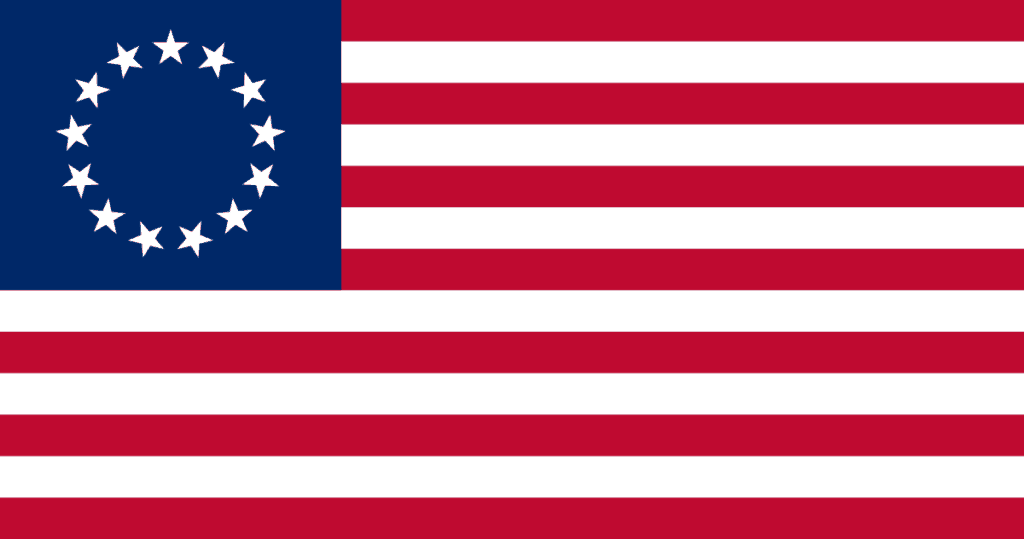
The Betsy Ross US flag, called the Betsy Ross Variant. The US flag has, essentially, only differed from this by the inclusion of more stars for the additional states.
A bit of digging hints that the Washington family crest was the basis for Washington’s suggestion. See the stars and stripes? This crest had been around for centuries by the time George Washington ended up as the commander of the Continental Army.
The other early input was the use by the fledgling US Navy of a battle ensign which was a knock off of the British naval ensign. Flag identification by ships was a big deal at that time of maritime warfare. Running up one’s ensign signaled the national identity of the ship and offered battle to a ship of an opposing warring nation. The navy, literally, fought under its flag, under its national flag.
The first US Navy ensign was a cut-and-paste job from a flag used by the British East India Company from 1707-1801. Of course, the British East India Company was a shipping company and thus its ensign was a critical element in it culture and story. It made sense for the Colonies to adopt it.
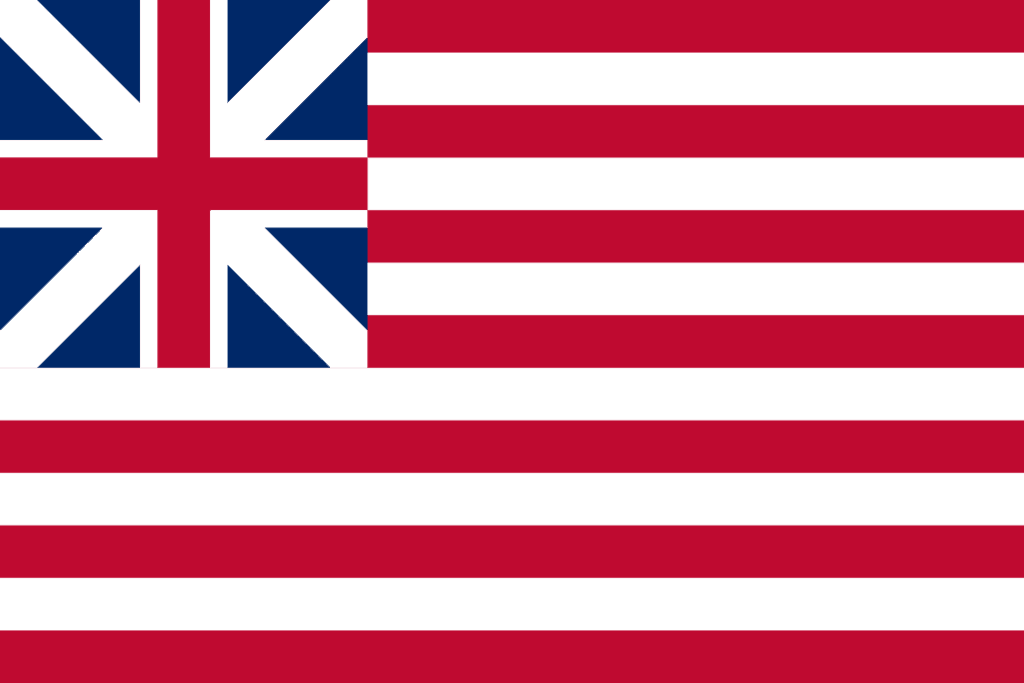
This adaptation of the Union Jack to the thirteen stripes was used from 3 December 1775 until 14 June 1777 when the Betsy Ross Variant was formally adopted by the US Congress and 14 June became, forever, Flag Day.
There is an entire body of history associated with Francis Hopkinson of New Jersey, who was by profession a naval flag designer and manufacturer as well as a signatory of the Declaration of Independence. He was the member of the Continental Navy Board since November 1776. There are some extant, unpaid invoices for a number of flags which he designed and had made which lends credence to this notion.
Use of the flag in military operations
We have touched on the fact that military vessels, literally, went to war under their flag. In the case of the American flag (and its precursor East India heritage), it was thought to be particularly effective as it was distinctive and able to be seen at sea from a great distance. This was important to friendly vessels and enemies alike.
In the infantry, a battle plan was drawn up with units ordered to be either “right” or “left” of the flag as a base of maneuver. This is why in battle it was imperative that the flag not touch the ground, so the army would not be blind to its direction of attack.
In the US Civil War, massive frontal assaults were configured taking their direction from the position of the flag. When the flag bearer went down, some hero grabbed it and marched on. It was all about the scheme of maneuver.
Sailors and soldiers, literally, fought under the flag and took their direction from the presence of the flag.
Capturing an enemy’s flag has enormous significance to soldiers while losing one’s flag has equal significance. The Boss served in the Second Infantry Division, Second Combat Engineer Battalion which had its flag captured during the Korean War by the Chinese. Many years later, the Chinese returned that flag and The Boss touched it in the headquarters of the Second Engineers which were still in Korea in the early 1970s. It was the same flag the Chinese captured.
Unit flags are adorned with “battle streamers” memorializing the battles in which that flag participated. It is the history of the unit. Flags are very important to the history of the US military.
Military symbolism of the flag
A soldier takes his oath of service in front of an American flag. He swears fealty to his country in the shadow of that flag. In that oath, a soldier makes a solemn vow to offer his life for the country. As he takes that oath, his eyes are fixed on the flag. It is an emotional bond which will endure forever.
Every morning, the Army is wakened to its duties by the playing of a bugle and the raising of the American flag at reveille. The Boss grew up on Army posts and listened to reveille during his formative years. On an Army post, you stop, get out of your car, salute (if you are in uniform or put your hand over your heart if you are a civilian), and render “honors” until the ceremony is over.
Each evening, the duty ends when the evening gun is fired and the American flag is lowered in a solemn ceremony. On an Army post, you render the same honors as when the flag was raised at reveille.
Soldiers stand to “flag duty” to raise and lower the flag daily for their units and their post.
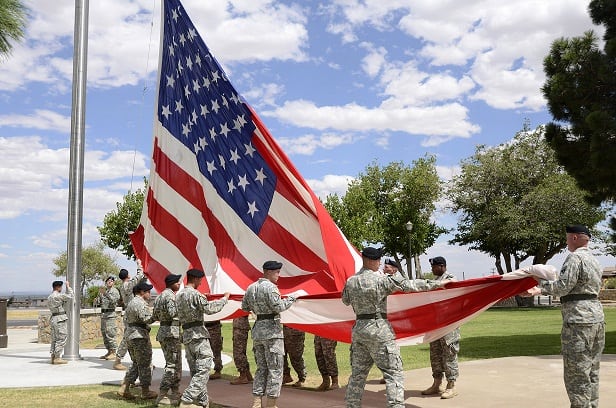
The American flag is lowered by a group of 2nd Combat Engineer Battalion Soldiers during an Army Birthday and Flag Day ceremony in 2014.
Soldiers wear the American flag on their uniforms so that friendlies may identify them in combat operations.
Those who are KIA are sent home in flag draped coffins. When a soldier bids farewell to a fallen comrade, he salutes his comrade and the flag that drapes the coffin. It is a touching tribute. This is not a recent development.
A soldier is taken to his final resting place in a flag draped coffin. It is a spiritual journey.
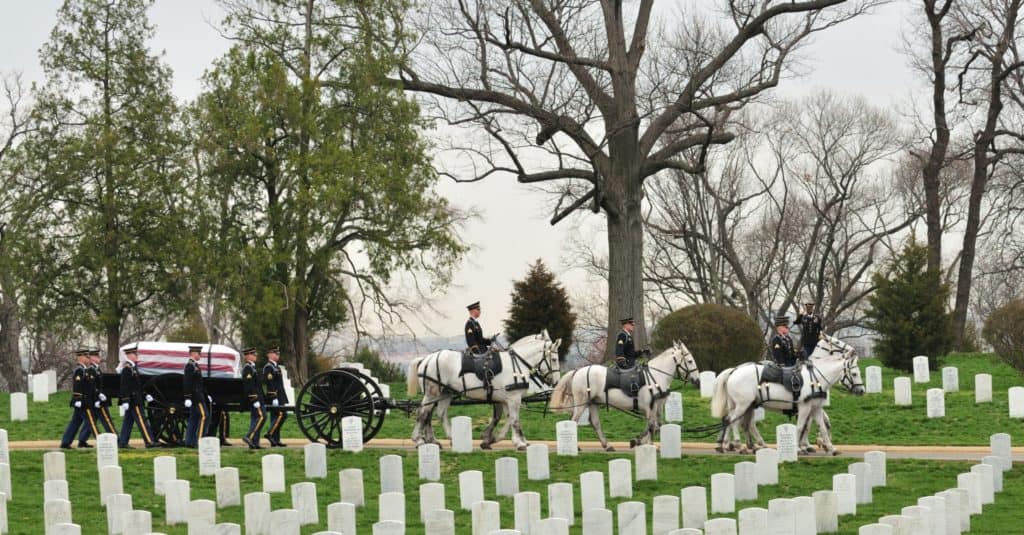 When a soldier is buried with full military honors, the last thing that happens is the flag which draped his coffin is folded and presented to his widow by a “grateful nation.”
When a soldier is buried with full military honors, the last thing that happens is the flag which draped his coffin is folded and presented to his widow by a “grateful nation.”
Our nation decorates its military cemeteries with flags to commemorate the service of those dead soldiers under that flag.
 When the flag passes a soldier on parade, the soldier stops, stands at attention, salutes the flag as it passes, and renders honors. At a formal parade, the reviewing officers do the same.
When the flag passes a soldier on parade, the soldier stops, stands at attention, salutes the flag as it passes, and renders honors. At a formal parade, the reviewing officers do the same.
When Mad Dog Mattis was standing next to President Donald J Trump in the reviewing stand and the VMI cadets marched by with the American flag leading the way, he stopped talking to the President and rendered honor to the flag.
A soldier does not allow the American flag to touch the ground — a continuation of the practical reality of the importance of the flag in combat operations. When an American flag becomes worn and disreputable, it is disposed of by fire. It is burned and the ashes are buried.
When the nation mourns, we move the flag to half staff to symbolize our national mourning.
The military symbolism of the American flag is in the DNA of anybody who has ever worn the uniform of our country. It could not be otherwise.
Please take a second and consider the importance of the American flag to a veteran. Can you understand why it is such a sacred element in their service? They joined the military in its shadow. It marks every day of their service. It wraps the bodies of their fallen comrades. They wear it into battle. It is a big deal.
Bottom line it, Big Red Car
Here is the bottom line, y’all — stop telling veterans this is not about them, that it is not about the flag. It is.
Veterans swore an oath in front of that flag, raised and lowered it every day, sent their dead home under it, buried the same dead in flag draped coffins, handed it to the widows of their fallen comrades, saluted it, and served under it.
The American flag is the symbol of their service. Do not trifle with this sentiment. It was earned at full tuition.
But, hey, what the Hell do I really know anyway? I’m just a Big Red Car and I salute the American flag.

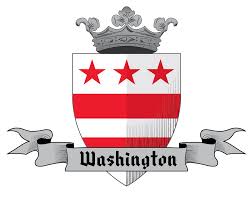

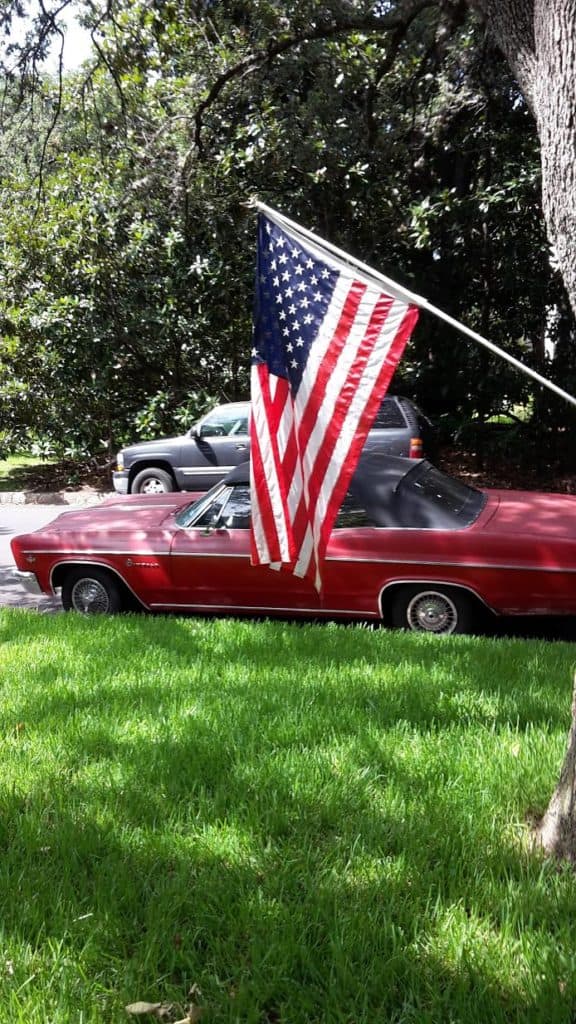
Thank you for this JLM! Well done!
.
Would you like to learn why veterans are attached to the American flag and why they feel disrespected by the take-a-knee program?
Read a veteran’s words.
https://themusingsofthebigredcar.com/flag-veterans-perspective/
BRC
https://www.themusingsofthebigredcar.com
#theamericanflag #takeaknee #veterans #flag